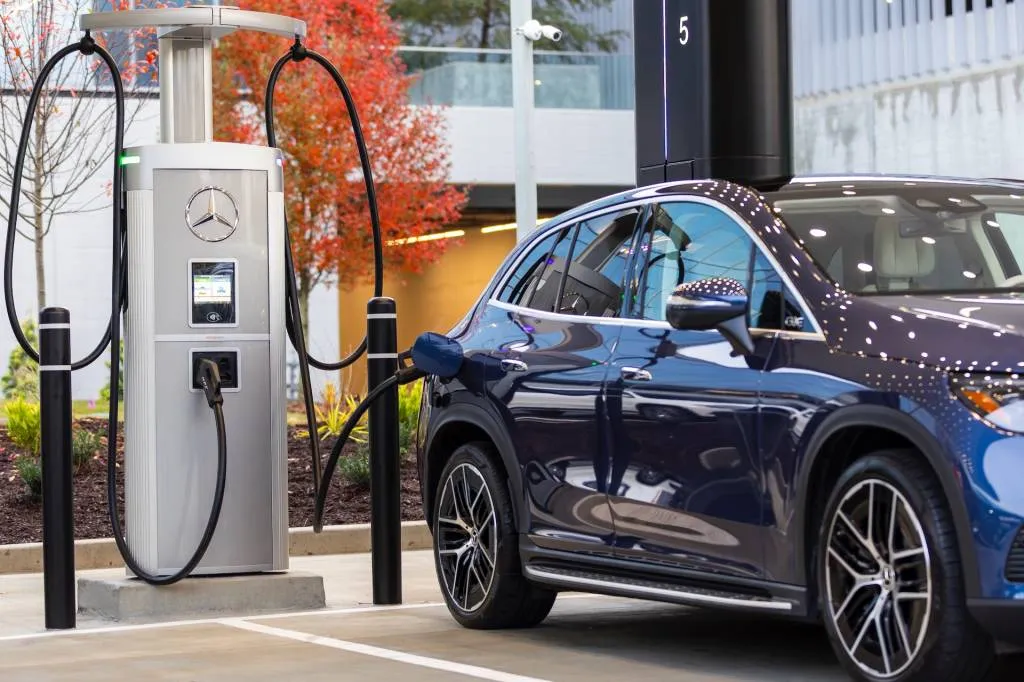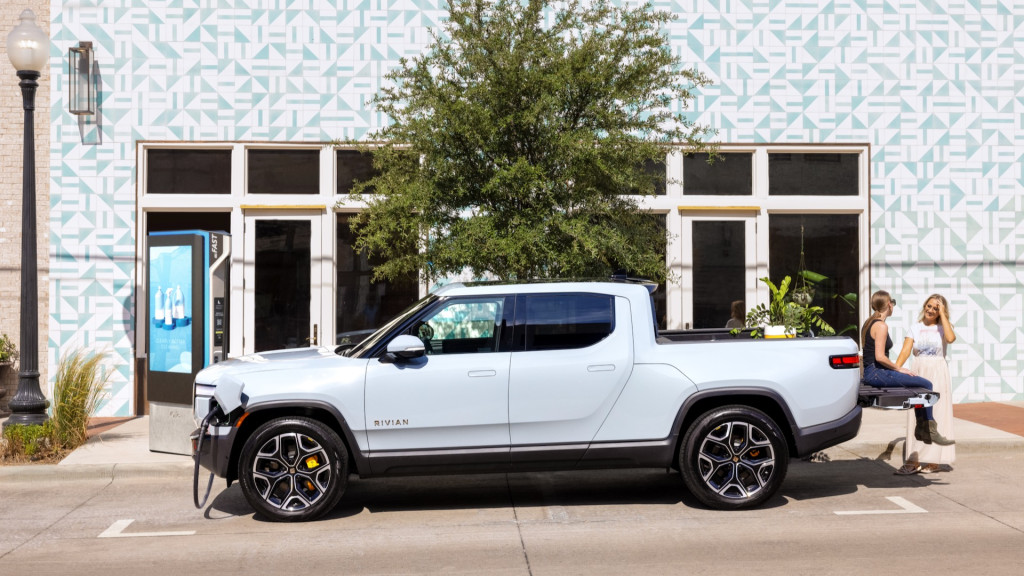

Study: EV efficiency gains could cut grid demand, save billions
EVs could end up using a lot of electricity, but efficiency improvements to support them could significantly reduce the need for new grid infrastructure, cut energy usage, and potentially save consumers billions of dollars, according to a new study from non-profit utility organization EPRI and the Natural Resources Defense Council (NRDC).
By 2050, charging of electric passenger cars and medium- and heavy-duty trucks could equal 65% of today’s total grid demand, the study found. But researchers anticipate that efficiency improvements in EVs could cut energy consumption in half over the next 30 years, reducing total grid demand from EVs by 20%.
The study points to aerodynamics, reductions in rolling resistance, powertrain improvements, and weight reduction as possible avenues for achieving efficiency improvements. If this can be done without raising vehicle costs—not guaranteed, admittedly—it could save consumers $200 billion in transportation-related energy costs, according to the study.

Mercedes-Benz EV Charging Hub in Sandy Springs, Georgia
Researchers are banking on some ambitious targets, though. The study assumes a cut from a 4,104-pound curb weight today for a 300-mile EV to 1,952 pounds then—as well as a 50% cut in tire rolling resistance.
It also means more miles from less battery material, which will greatly reduce the environmental footprint of EVs. This is essentially what Stellantis CEO Carlos Tavares recently said he needed in the form of a battery breakthrough, but it achieves it in a mix of various ways, not only with the battery.
To get to estimate growth for EVs and other demand, the U.S. power grid will need to nearly double by 2050, versus 2022, according to the Energy Information Administration (EIA). But studies have suggested that even without such radical gains in EV efficiency, they’ll drive long-term electricity costs down. Renewables might generate about half of the world’s grid energy by 2050, but ideas like virtual power plants of EVs will also play a role.

Volta charging
EVs may not be able to wait for grid improvements, though. As the American Lung Association underscored in 2020, a faster transition to EVs will save thousands of lives and $185 billion by 2050. And according to the International Energy Agency (IEA), the industry will need to keep a pace that it might already be falling away from—hitting 60% EV sales globally as needed to get to net-zero emissions by 2050.
With all that in mind, an important short-term goal may be to convince many utilities to not scare away EV drivers and home electrification with electricity price hikes—which have reached 20% or more in some regions recently.
Add a comment Cancel reply
Comments (0)
Related posts


Electric SUVs: Top 6 Models for Family Trips











